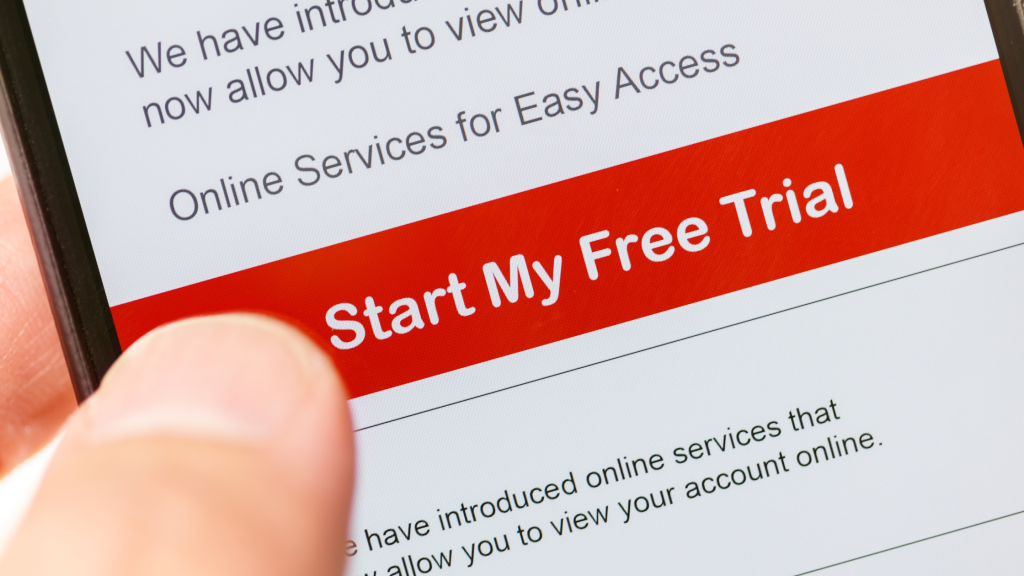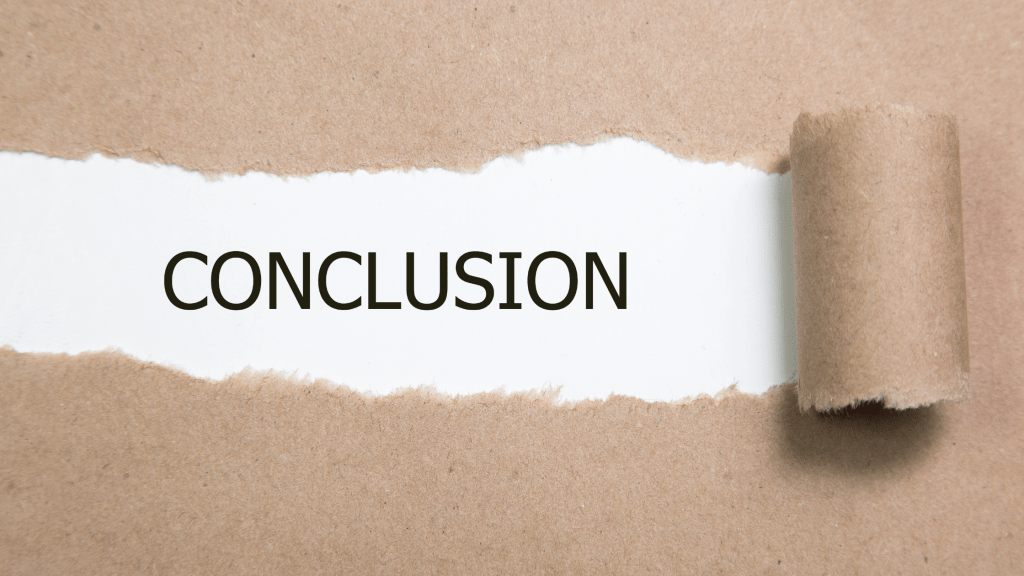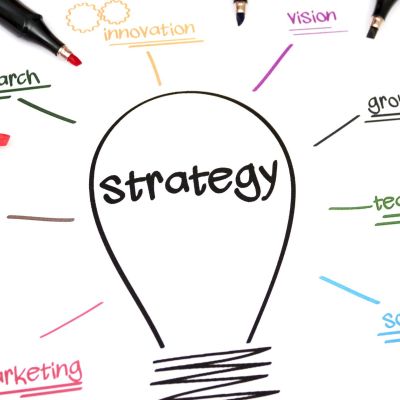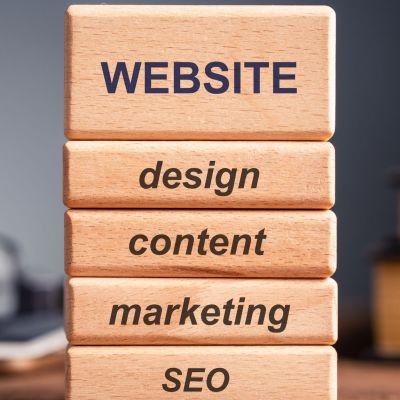Is Your Website Costing You Sales? 5 Signs It’s Time for a Redesign
In today’s fast-paced digital economy, your website is more than just an online brochure — it’s your brand’s virtual storefront. Often, it’s the first point of contact between your business and potential customers. It only takes a few seconds for visitors to form an opinion about your company based on your website’s appearance and functionality.
If your website looks outdated, functions poorly, or is hard to navigate, visitors may lose confidence and quickly move on to your competitors. The result? Missed opportunities, lost leads, and declining sales. If your business is experiencing fewer inquiries, lower engagement, or a dip in conversions, your website might be part of the problem.
In this post, we’ll explore five major signs that your website needs a redesign — and how failing to act could be costing you more than you realize.

1. Your Website Looks Outdated
In an era where digital trends evolve rapidly, a visually outdated website can seriously undermine your brand’s credibility. First impressions are made in mere seconds, and if your site looks like it was built in the early 2000s, visitors might assume your products or services are just as outdated.
What does an outdated site look like?
It could be something as subtle as outdated fonts and color schemes or something more serious like a layout that doesn’t align with current user expectations. A dated look often signals to users that the site hasn’t been updated in a while — raising concerns about how current or trustworthy the business is.
Indicators of an Outdated Website:
- Non-Responsive Design: If your site doesn’t adapt well to different screen sizes, it becomes hard to navigate on smartphones or tablets. Today’s users expect a seamless experience regardless of device.
- Deprecated Technologies: Are you still using Flash or old JavaScript libraries? Technologies that are no longer supported by modern browsers result in broken features and security vulnerabilities.
- Cluttered Layout: Overuse of text, flashy graphics, multiple fonts, and clashing colors can overwhelm users and distract from your message.
- Low-Quality Visuals: Grainy images, distorted logos, and poor spacing make your business appear unprofessional.
- Slow Loading Times: Older websites are often built with bloated code, uncompressed media, or outdated CMS versions, leading to frustratingly long load times.
Pro Tip: If your website hasn’t been redesigned in over 3–5 years, it’s time to evaluate it against modern design standards.

2. Your Website Isn’t Mobile-Friendly
Mobile devices now account for over 60% of web traffic worldwide. If your website doesn’t provide a smooth experience on smartphones and tablets, you’re effectively turning away a majority of potential visitors.
A mobile-unfriendly site is difficult to read, hard to navigate, and frustrating to use. Pinch-to-zoom, broken layouts, or buttons that are too small can quickly drive users away.
Consequences of a Non-Mobile-Friendly Site:
- Poor User Experience: If users can’t easily scroll, tap, or navigate, they’re likely to abandon the page quickly.
- Negative SEO Impact: Google uses mobile-first indexing, meaning it prioritizes the mobile version of your site when ranking it in search results.
- Lower Conversions: If customers can’t fill out forms, make purchases, or access key information on their phone, they won’t convert.
- Higher Bounce Rates: When a mobile visitor lands on your site and immediately leaves, your bounce rate spikes — a sign that your site isn’t meeting expectations.
Did You Know? A one-second delay in mobile load times can impact conversion rates by up to 20%.
Action Step: Test your site using Google’s Mobile-Friendly Test tool. If it fails, a redesign is overdue.
3. Your Website Loads Too Slowly
Speed matters. In fact, studies show that 53% of users will abandon a mobile site if it takes longer than 3 seconds to load. Website speed affects not only user satisfaction but also your SEO ranking and bottom line.
Slow-loading pages frustrate users and reduce the chances they’ll stick around to explore your site or make a purchase. This is especially true for e-commerce websites and service-based businesses that rely on lead generation.
Common Causes of Slow Load Times:
- Unoptimized Images: Large or high-resolution images that haven’t been compressed can drastically slow down your page speed.
- Too Many Plugins: While plugins add functionality, having too many can conflict with each other and drag down performance.
- Inefficient Code: Bloated HTML, CSS, or JavaScript can increase loading times, especially if not minified or optimized.
- Cheap Hosting: Shared or low-tier hosting plans often have slower server response times and limited bandwidth.
- Lack of Caching: Not utilizing browser caching or content delivery networks (CDNs) can force browsers to reload elements every time someone visits.
Speed Tip: Use tools like GTmetrix, PageSpeed Insights, or Pingdom to identify performance bottlenecks.
Improving load speed not only enhances user experience but can also increase your conversion rate and decrease bounce rates.

4. Your Website Lacks Clear Calls-to-Action (CTAs)
Imagine walking into a store and not knowing where to go, who to talk to, or what to buy. That’s what a website without clear Calls-to-Action (CTAs) feels like to a visitor. Every page on your site should guide users toward a next step — whether it’s making a purchase, requesting a quote, signing up for a newsletter, or contacting you.
What Makes a Good CTA?
- Visually Prominent: It should stand out through color, placement, and size.
- Action-Oriented: Use strong verbs like “Start Your Free Trial,” “Schedule a Call,” or “Download Now.”
- Relevant: The CTA should be contextually appropriate for the content on the page.
- Trustworthy: Reinforce safety or value — like “No Credit Card Required” or “Free Consultation.”
Common CTA Mistakes:
- Hiding CTAs at the bottom of the page
- Using vague phrases like “Click Here”
- Having too many CTAs competing for attention
- Linking to irrelevant or dead pages
Suggested CTA Locations:
- Top of homepage
- End of blog posts
- Middle of landing pages
- Floating buttons or sticky headers
Bonus Tip: Use A/B testing to experiment with CTA language, colors, and placement to find what works best for your audience.

5. Your Website Isn’t Optimized for Search Engines
If your website doesn’t appear in search results when potential customers are looking for services you offer, you’re missing out on valuable organic traffic. That’s where Search Engine Optimization (SEO) comes in.
SEO isn’t just about keywords — it’s a comprehensive approach to making your website more visible, trustworthy, and useful to both search engines and users.
Key SEO Elements to Evaluate:
- Keyword Optimization: Use terms your target audience is actually searching for. Tools like Google Keyword Planner or Ubersuggest can help.
- Meta Titles & Descriptions: Every page should have a compelling title tag and meta description that includes your target keyword.
- Alt Text for Images: Describe your images accurately to improve both accessibility and SEO.
- Internal Linking: Link relevant pages together to improve crawlability and keep users engaged.
- Site Structure: Use headings, breadcrumbs, and clean navigation to enhance UX and help search engines understand your site hierarchy.
- Content Quality: Provide useful, original, and regularly updated content. Google rewards expertise, authoritativeness, and trustworthiness (E-A-T).
- Technical SEO: Make sure your site has a sitemap, SSL certificate, clean URL structure, and no broken links.
SEO isn’t a one-and-done task — it’s an ongoing effort. But without it, your website may remain invisible to the very people who are searching for you.

Conclusion
Your website is one of your business’s most powerful tools — or one of its biggest liabilities. If your site looks outdated, performs poorly on mobile, loads slowly, lacks strong calls-to-action, or isn’t optimized for search engines, it could be silently sabotaging your growth.
Investing in a professional website redesign isn’t just about aesthetics — it’s about improving user experience, increasing visibility, and ultimately, boosting sales. A modern, fast, mobile-friendly, and SEO-optimized site can help you attract, engage, and convert more visitors into paying customers. Don’t let an underperforming website hold your business back. Review your site with a critical eye and take the necessary steps to ensure it reflects the professionalism and value your brand represents.
Categories
Latest Articles
Stay up to date
with news and
educational information
[hubspot type=”form” portal=”5213843″ id=”b19f3e1c-0beb-4946-9d04-2bb47dfa17e0″]











Leave a Comment
You must be logged in to post a comment.